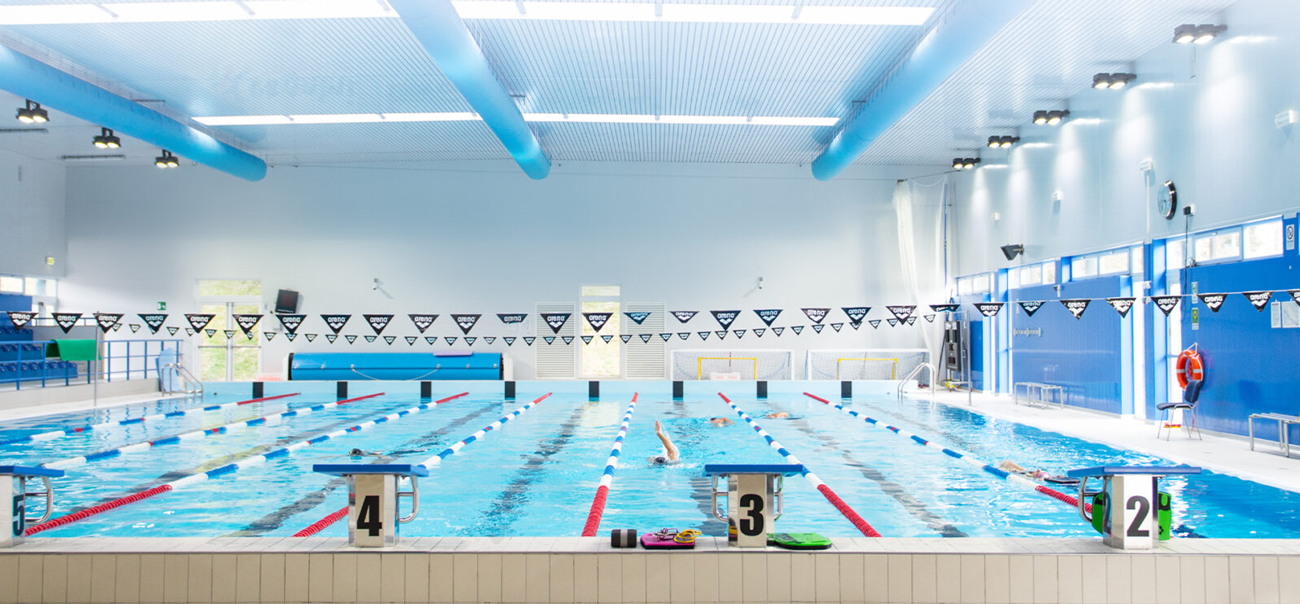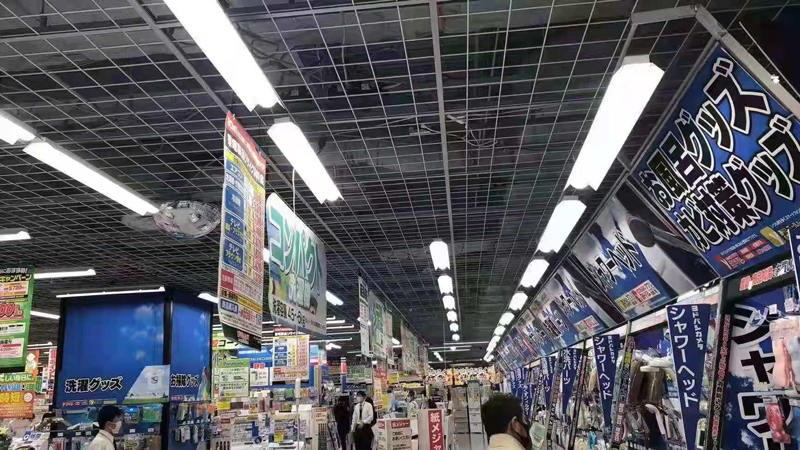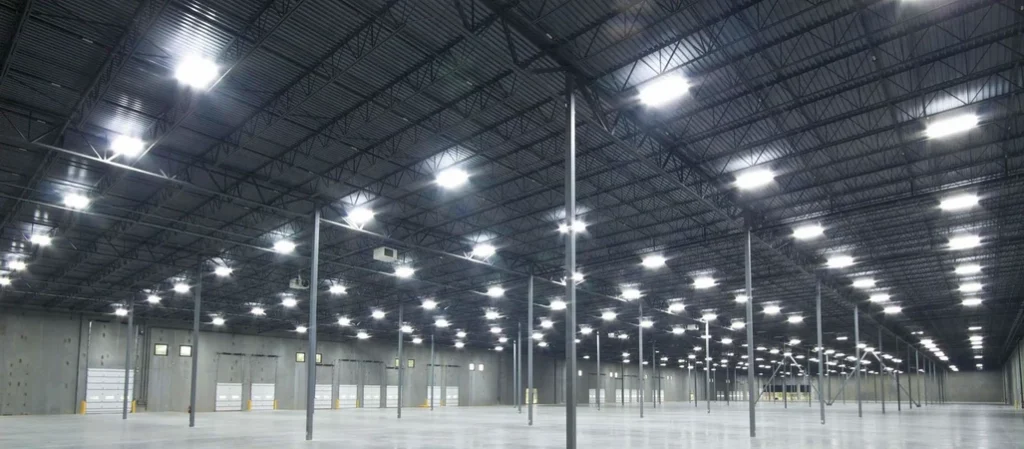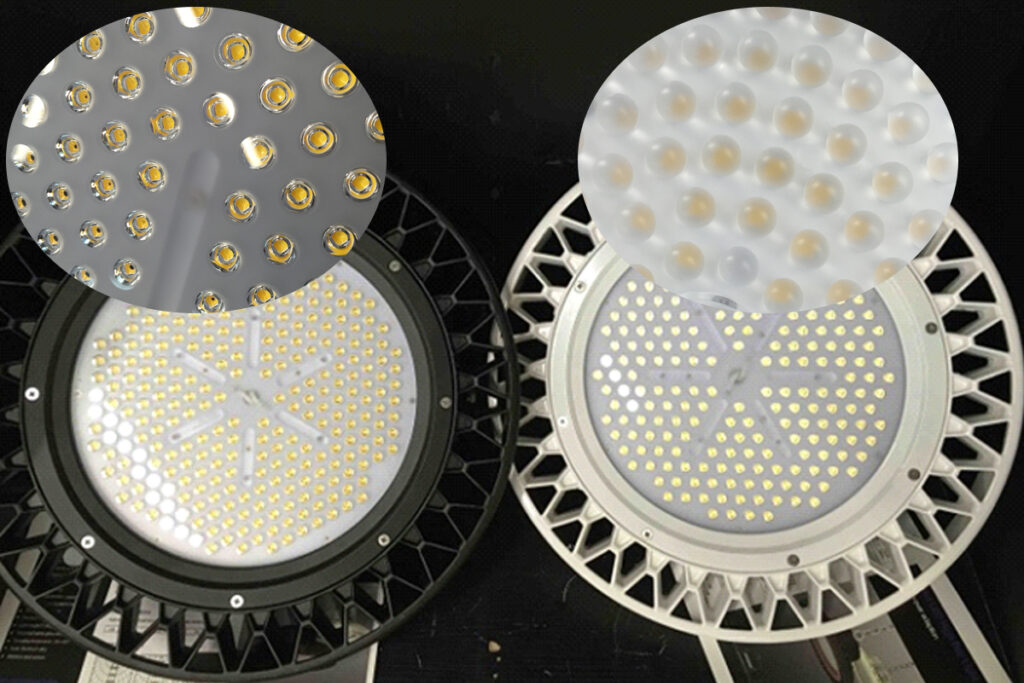Porquê escolher a iluminação LED para piscinas? | LEDRHYTHM
Na vida, a piscina não é apenas um local de entretenimento de verão, mas também um local importante para o lazer e o exercício. Em comparação com a iluminação tradicional de piscinas, a iluminação LED para piscinas pode ser ligada instantaneamente sem pré-aquecimento, facilitando o arranque e o fecho da piscina. A sua resposta rápida e o brilho ajustável permitem criar efeitos de iluminação ideais.
Quais são as condições de base para a iluminação de uma piscina? Penso que é confortável, eficaz e anti-corrosão.
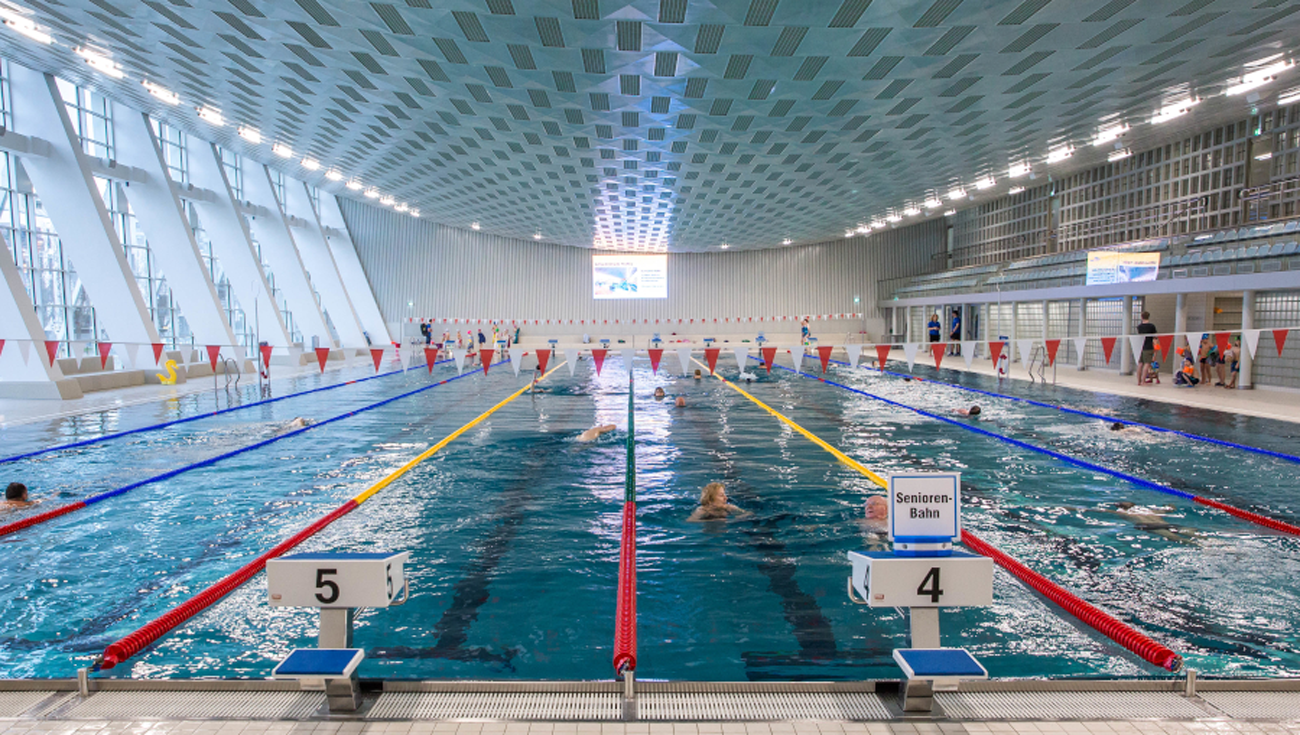
Iluminação confortável da piscina
A iluminação da piscina não é apenas uma questão de fornecer luz, mas de criar um ambiente confortável e acolhedor. E o encandeamento é um problema comum, especialmente com os reflexos na água. Os métodos de iluminação tradicionais podem criar reflexos fortes na água, afectando a visibilidade e o conforto dos nadadores. Por isso, a LEDRHYTHM pode utilizar a tecnologia profissional de reflexão e dispersão para permitir que as luzes LED para piscinas distribuam a luz de forma mais uniforme na superfície da água da piscina e nas áreas circundantes, reduzindo a irritação da luz direta nos olhos. Desta forma, pode nadar confortavelmente sem ser afetado pelo brilho.
E a LEDRHYTHM oferece uma variedade de opções de luzes antirreflexo para piscinas, adaptando-se a diferentes tipos de piscinas e ambientes. Quer se trate de uma piscina interior ou exterior, grande ou pequena, as luminárias podem ser personalizadas para garantir uma iluminação óptima.
Luzes de piscina eficientes
Luzes de natação LED Não só trazem luz brilhante e uniforme para a piscina, como também conseguem efeitos de iluminação mais brilhantes com menos consumo de energia. Isto significa que podemos desfrutar de uma melhor experiência visual enquanto nadamos sem termos de nos preocupar com o desperdício de energia. Em comparação com as luminárias tradicionais, as luzes LED para natação têm uma longa vida útil, o que significa que não temos de mudar as lâmpadas frequentemente. Assim, esta luz LED para natação não só poupa os custos de substituição e manutenção, como também lhe permite desfrutar dos benefícios de uma iluminação eficiente durante muito tempo.
Luzes de piscina LED resistentes à corrosão
Como o local de natação é um ambiente húmido, a humidade é elevada. Quando se pensa em iluminação, a primeira coisa a ter em conta é que as luzes de natação têm de ter caraterísticas anti-corrosão. As lâmpadas LEDRHYTHM são fabricadas com materiais especiais e medidas de proteção, de modo a poderem ser utilizadas em ambientes húmidos. Quer se trate de uma piscina de água salgada ou de uma área de água com muitos produtos químicos, as luzes LED para natação podem manter o seu desempenho e aspeto estáveis.
